1. The Prohibition Era Shuts Down Bars Overnight
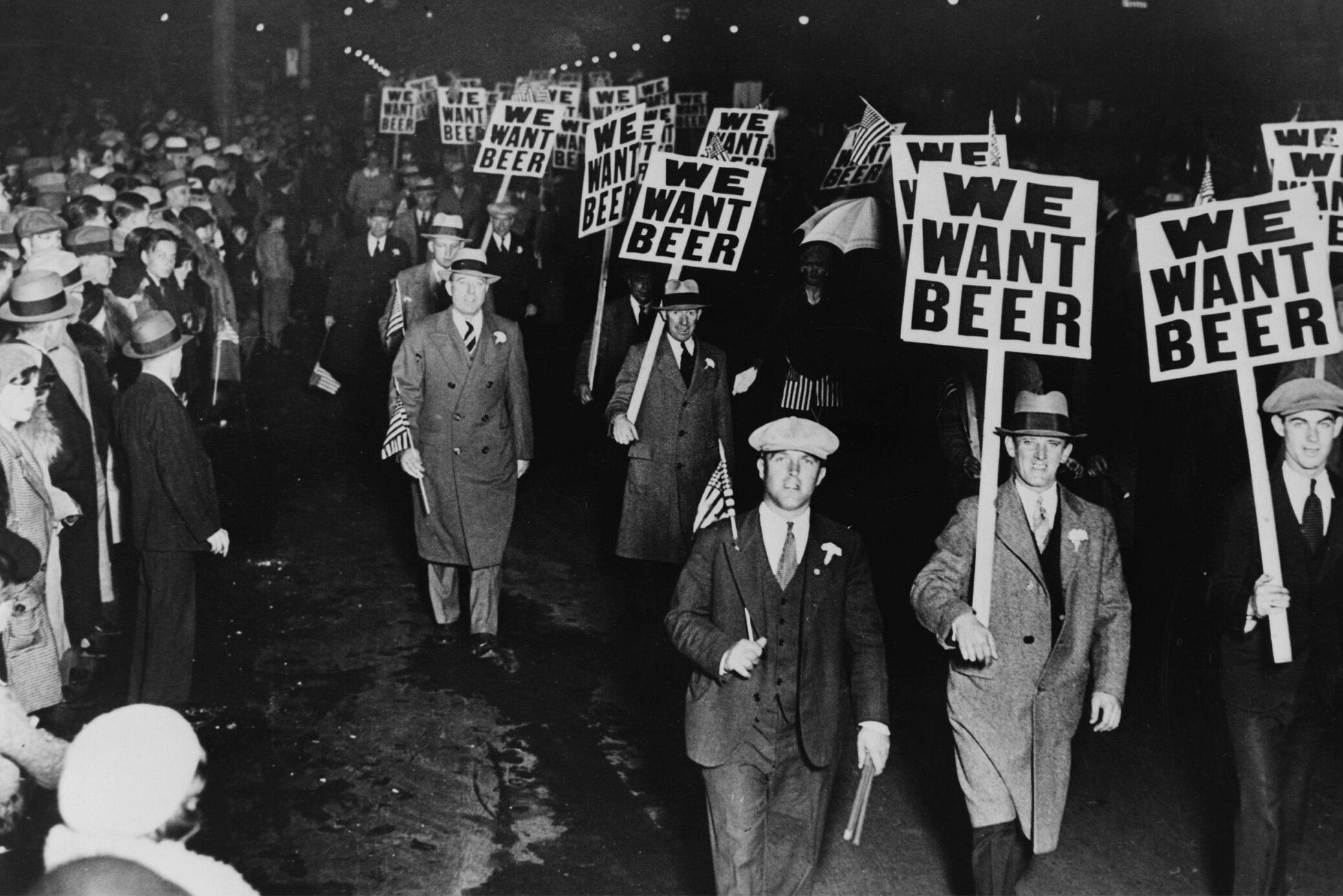
Imagine going to bed thinking you’d grab a drink with friends the next day, only to wake up and find alcohol was suddenly illegal. That’s exactly what happened in 1920 when the 18th Amendment went into effect, banning the production and sale of alcoholic beverages. For many Americans, this wasn’t just an inconvenience—it disrupted entire industries, forcing breweries and distilleries to either shut down or find creative (and sometimes illegal) ways to stay afloat. Speakeasies popped up, and bootlegging became a full-time job for some. Meanwhile, people who had stocked up on liquor before the ban suddenly found themselves holding onto a highly valuable commodity shares HISTORY.
But it wasn’t just the partygoers who felt the impact. Thousands of bartenders, factory workers, and farmers who depended on alcohol production lost their jobs overnight. Crime skyrocketed as organized crime syndicates filled the gap left by legal alcohol sales. The country’s attempt at sobriety lasted 13 years before the 21st Amendment finally repealed Prohibition in 1933. By then, America had already been reshaped by an underground drinking culture that never really went away adds PBS.
2. The Gas Crisis Forces Odd-Even Rationing
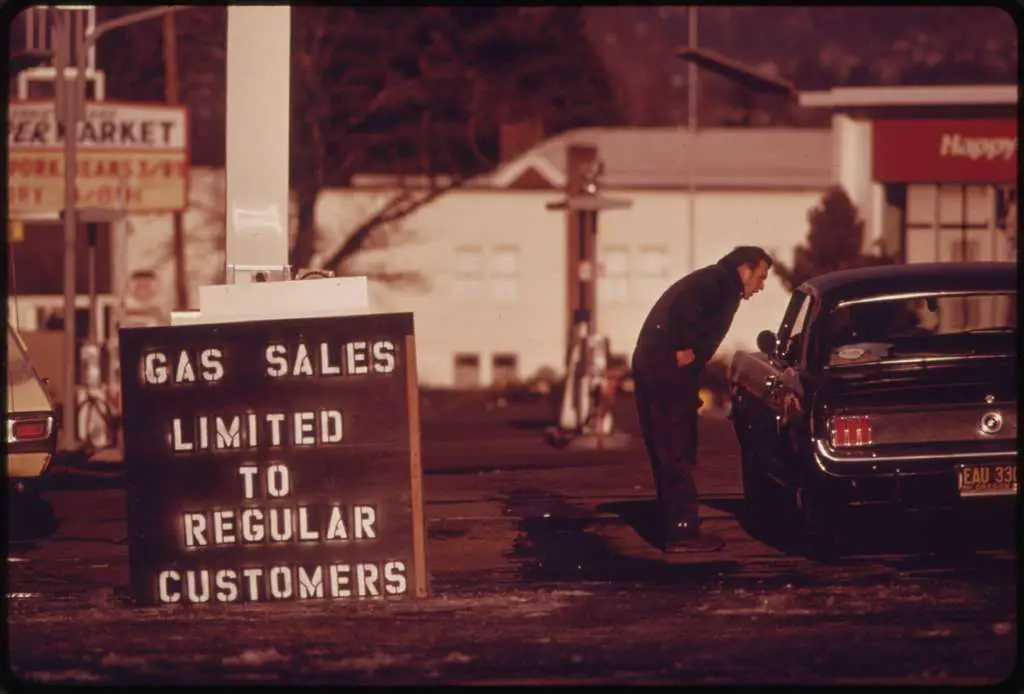
In the ’70s, Americans were used to driving wherever and whenever they wanted—until the oil crisis of 1973 hit. Practically overnight, gas stations started running dry, and lines of cars stretched for blocks, with some people waiting hours just to fill up their tanks. To manage the chaos, the government introduced odd-even rationing, meaning you could only buy gas on certain days depending on your license plate number. If your plate ended in an odd number, you could buy gas on odd-numbered days, and vice versa for even numbers. It was a strange and frustrating new reality for drivers who had never experienced such restrictions before shares Columbia University.
This policy turned something as simple as filling up your tank into a strategic game. People started planning their errands and work commutes around when they could legally buy gas. Some even swapped cars with friends or found loopholes to get around the rule. The crisis exposed just how much America depended on foreign oil and led to lasting changes, including a push for fuel-efficient cars. But for those who lived through it, the memory of waiting in those long lines never really faded continues the Federal Reserve History.
3. Daylight Saving Time Extends the Clock
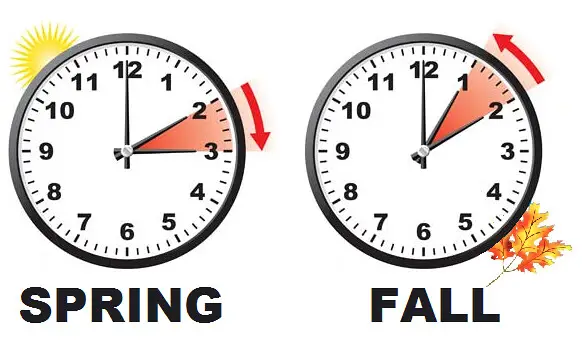
Most people don’t question setting their clocks forward or back twice a year, but in 1974, the U.S. government threw everyone for a loop. In response to the energy crisis, President Nixon signed a law making Daylight Saving Time last all year long. The idea was to conserve energy by maximizing daylight hours, but it had some unexpected consequences. Suddenly, kids were walking to school in complete darkness, leading to safety concerns. Many workers also found themselves commuting before sunrise, making mornings feel even more grueling.
It didn’t take long for people to start complaining, and the backlash was loud enough that the government reversed course. By 1975, the country returned to the regular spring-forward, fall-back system. The whole ordeal proved how even a small shift in daily routines could cause a major uproar. And yet, decades later, the debate over whether to keep or abolish Daylight Saving Time still hasn’t been settled.
4. The Sudden Ban on Leaded Gasoline

For decades, leaded gasoline was the norm, and most drivers never thought twice about it. Then, in the ’70s and ’80s, the government started phasing it out, citing serious health risks, especially for children. By the ’90s, the sale of leaded gas for regular vehicles was completely banned, forcing people to switch to unleaded fuel. While this was a win for public health, it wasn’t an easy transition. Older cars designed for leaded gas often suffered engine damage, leading to costly repairs.
Many drivers had no choice but to pay for expensive engine modifications or, in some cases, replace their vehicles altogether. Gas stations also had to update their pumps, and mechanics had to adjust to the new fuel standards. It was a frustrating and costly shift at the time, but in hindsight, the ban helped prevent countless cases of lead poisoning. Looking back, it’s hard to believe people once filled their tanks with something so toxic without a second thought.
5. The Smoking Ban in Restaurants and Bars
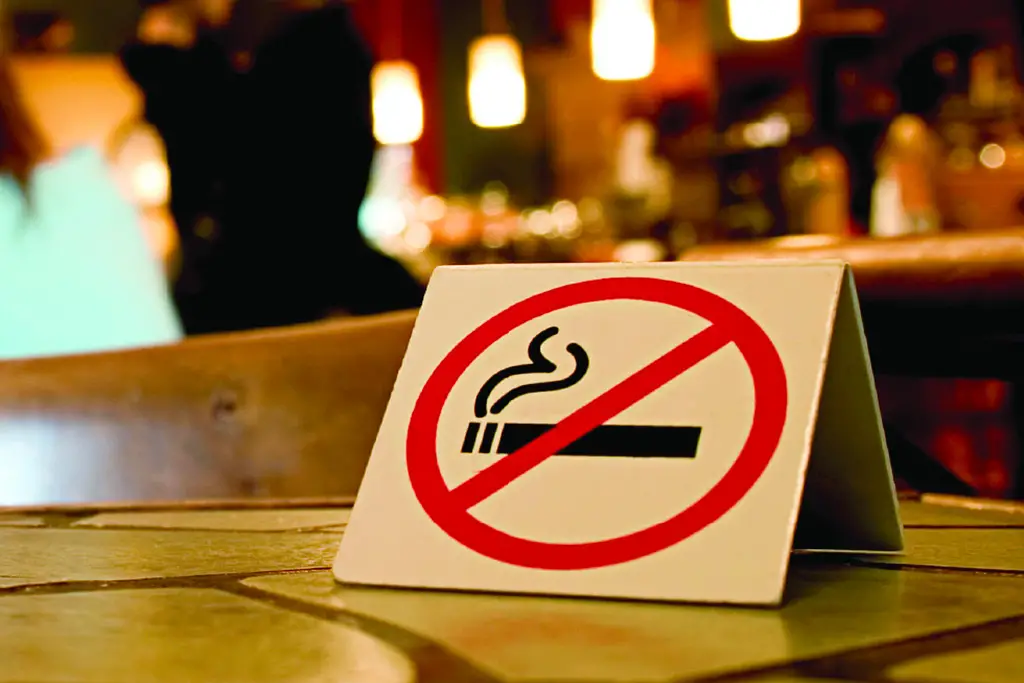
For most of the 20th century, smoking indoors was as common as ordering a drink or meal. Then, in the early 2000s, many cities and states began banning smoking in restaurants, bars, and public places. Smokers who were used to lighting up at the dinner table suddenly had to step outside, often in the cold or rain. The backlash was immediate, with some businesses fearing they’d lose customers. Meanwhile, non-smokers celebrated the cleaner air, and restaurant workers no longer had to breathe in secondhand smoke for hours on end.
The change was jarring at first, but over time, it became the new normal. Many smokers adjusted by cutting back or quitting altogether, while businesses realized people would still come, even if they couldn’t smoke inside. Today, it’s hard to imagine a time when ashtrays sat on every table and the smell of smoke lingered in every restaurant. What once seemed like an extreme rule is now just part of everyday life.
6. The Drinking Age Jumps to 21
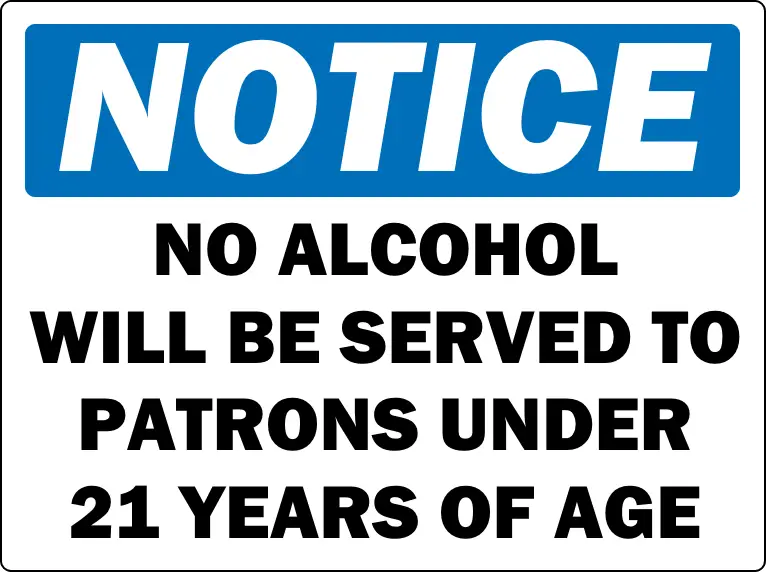
In the ’70s, many states had a drinking age of 18, meaning young adults could legally buy beer and liquor without much trouble. Then, in 1984, the federal government passed a law pressuring all states to raise the drinking age to 21. Overnight, thousands of young adults who had been legally drinking were suddenly underage. Bars, liquor stores, and even party hosts had to adjust to the stricter rules, leading to an increase in fake IDs. Some people argued that if 18-year-olds could serve in the military, they should be able to buy a drink, but the law remained.
The change was meant to reduce drunk driving, and studies showed it did help lower alcohol-related accidents among teens. But it also led to a shift in drinking culture, with more young adults turning to private parties instead of bars. Colleges had to crack down on underage drinking, and law enforcement faced the challenge of enforcing the new age limit. Decades later, the debate still pops up, but the law hasn’t budged.
7. The Affordable Care Act Reshapes Health Insurance
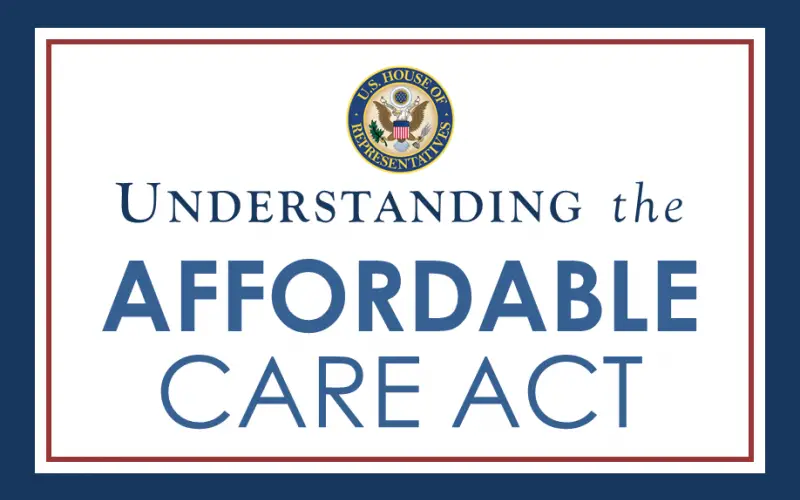
For years, health insurance was something many Americans went without, either because it was too expensive or unavailable through their jobs. Then, in 2010, the Affordable Care Act (ACA) dramatically changed the landscape. Suddenly, everyone was required to have insurance, and companies could no longer deny coverage for pre-existing conditions. Some people celebrated the newfound access to healthcare, while others were shocked by higher premiums and confusing new rules. The rollout wasn’t smooth, with website crashes and policy debates dominating the news.
For millions, the ACA made a huge difference, giving them access to care they previously couldn’t afford. Others, however, struggled with the financial burden of mandatory coverage or lost previous plans that didn’t meet the new requirements. Employers had to adjust benefits, and the insurance industry saw major shifts in pricing and coverage. Whether people loved it or hated it, one thing was certain—healthcare in America would never be the same.
8. The Patriot Act Expands Government Surveillance
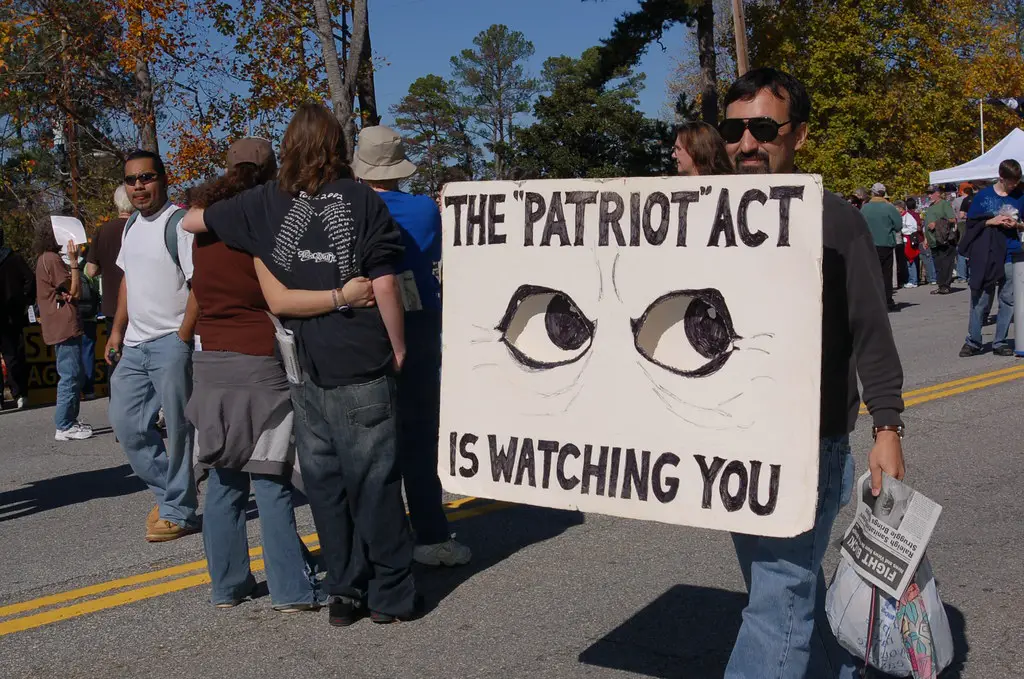
After the September 11 attacks in 2001, the U.S. government quickly passed the Patriot Act, which gave law enforcement broad powers to monitor citizens. Almost overnight, privacy as Americans knew it changed. The government could now track phone calls, read emails, and access personal records without the usual legal hurdles. Many people didn’t notice at first, but as the years went on, concerns grew about how much the government was watching. Suddenly, conversations about digital privacy and civil liberties became mainstream.
Airports also changed dramatically, with strict security measures like removing shoes and full-body scans becoming the norm. Travelers who once breezed through security now found themselves in long lines, emptying pockets and being searched. While the law was meant to prevent terrorism, critics argued that it went too far, putting ordinary citizens under unnecessary surveillance. Even today, parts of the act remain controversial, with ongoing debates about security versus privacy.
9. The Social Security Act Introduces a New Tax
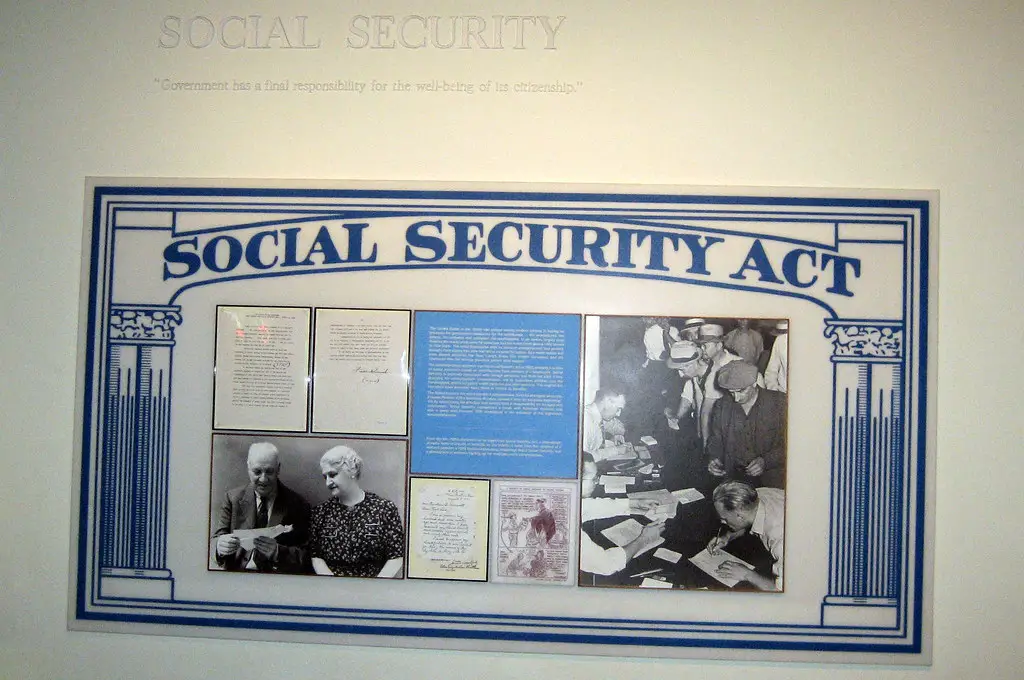
Before 1935, Americans didn’t have Social Security numbers or expect the government to provide retirement benefits. But during the Great Depression, President Franklin D. Roosevelt signed the Social Security Act into law, creating a nationwide safety net for the elderly and unemployed. This meant workers would now see a portion of their paychecks deducted for a program many had never heard of before. At first, some people resisted the idea, feeling it was unfair to take money from their wages for a future benefit they might never see. Employers had to adjust payroll systems, and banks had to deal with a flood of people applying for new Social Security numbers.
Despite the initial confusion, Social Security became one of the most enduring government programs in U.S. history. Over time, people grew to depend on it, and retirement planning started to revolve around expected benefits. The program expanded to include disability benefits and survivor benefits, helping millions of families stay afloat. Today, it’s hard to imagine a time when Social Security didn’t exist, but at the time, it was a radical change to how Americans planned for the future.
10. School Desegregation Sparks Nationwide Change
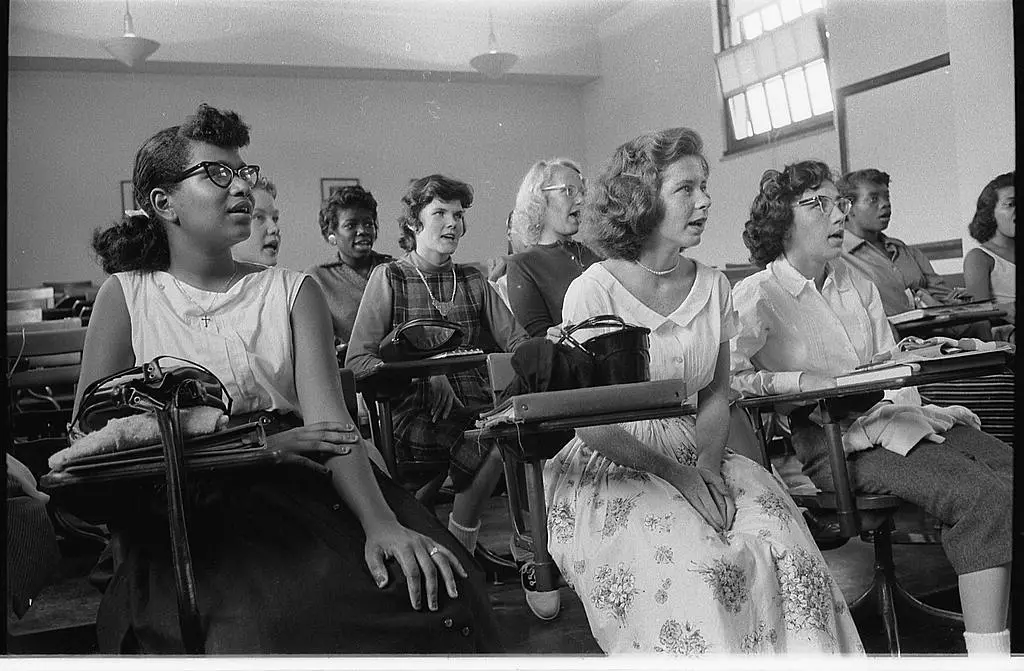
For decades, segregation was a way of life in many American schools—until the Supreme Court’s 1954 decision in Brown v. Board of Education changed everything. The ruling declared racial segregation in schools unconstitutional, but the transition was anything but smooth. In some areas, schools integrated quickly, but in others, there was fierce resistance. Some states dragged their feet, while others shut down public schools entirely rather than comply. Families had to adjust to new classmates, and many children faced hostility simply for attending school.
The federal government eventually had to step in, sending National Guard troops to enforce integration in certain areas. Over time, the policy reshaped American education, leading to more diverse schools and expanded opportunities for students of all backgrounds. But the shift wasn’t just about schools—desegregation helped set the stage for the larger Civil Rights Movement. What started as a legal decision turned into a nationwide cultural and social transformation.
11. The Draft Lottery Sends Young Men to War
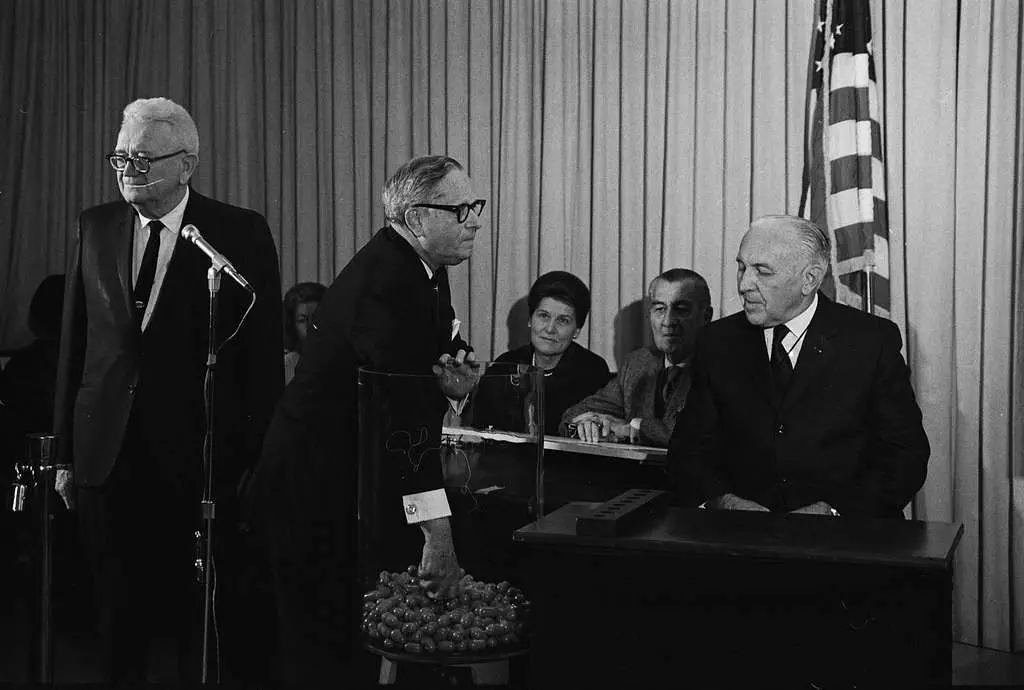
During the Vietnam War, many young men went about their daily lives not knowing that one government policy could change everything in an instant. In 1969, the U.S. implemented a draft lottery, randomly selecting birthdates to determine who would be sent to fight. The moment those numbers were drawn, futures were rewritten. College students who had once been exempt from service suddenly found themselves eligible. Families gathered around televisions, dreading the possibility that their loved one’s birthday would be called.
The draft sparked massive protests and deepened divisions over the war. Some men enlisted to have more control over their fate, while others fled to Canada or found ways to avoid service. The backlash eventually led to the draft’s end in 1973, and the U.S. military became an all-volunteer force. But for those who lived through it, the draft lottery remains a stark reminder of how quickly government decisions can turn lives upside down.
12. The COVID-19 Lockdowns Reshape Daily Life
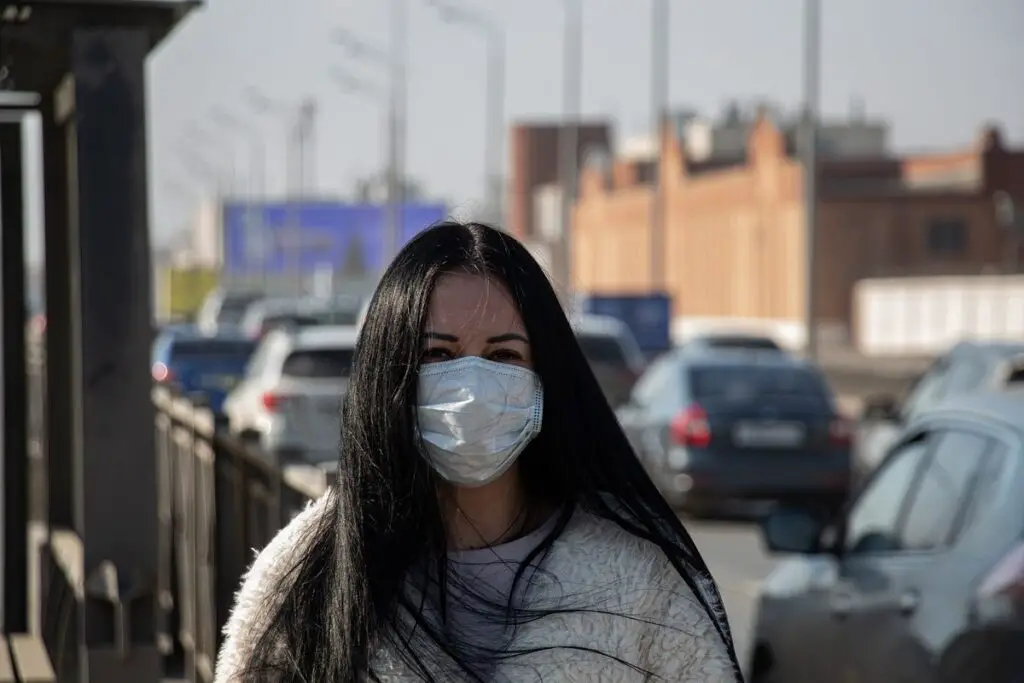
Few policies changed everyday life as drastically—and as suddenly—as the lockdowns during the COVID-19 pandemic in 2020. One day, people were going to work, school, and social events, and the next, everything was shut down. Businesses closed, travel halted, and millions found themselves working remotely or out of a job entirely. Parents had to juggle working from home while helping kids with online school. Grocery store shelves were suddenly empty as people rushed to stock up on essentials, unsure of what would happen next.
The changes affected nearly every aspect of daily life, from how people shopped to how they interacted with friends and family. Mask mandates, social distancing, and virtual gatherings became part of the new normal. Some businesses never recovered, while others thrived by adapting to delivery and remote services. Even now, years later, the long-term effects of those policies are still shaping work, education, and public health.
